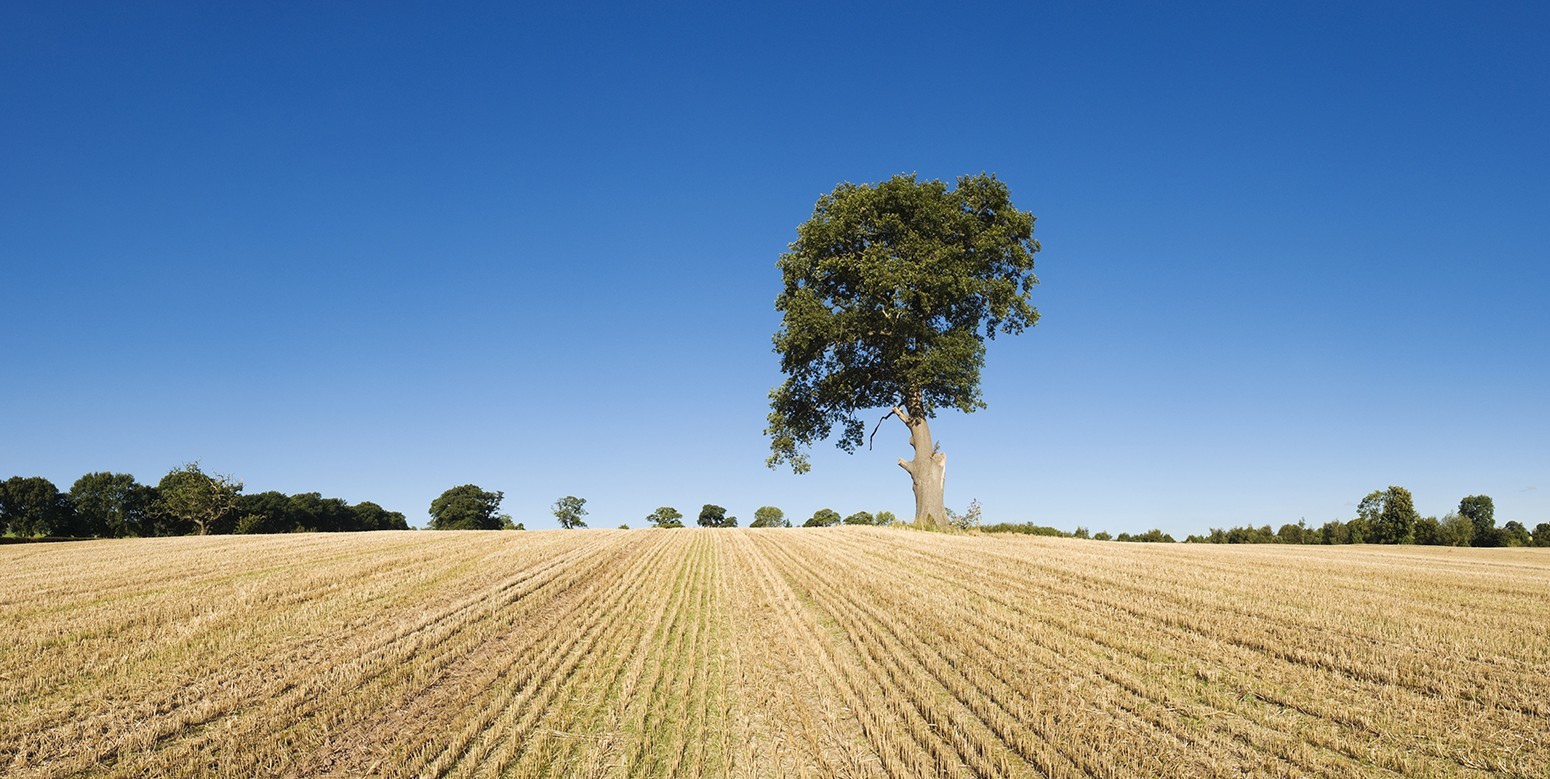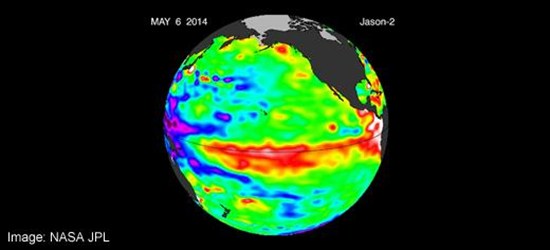
New study links El Niño to poor crop harvests worldwide
Roz Pidcock
05.15.14Roz Pidcock
15.05.2014 | 7:46pmFor the first time, scientists have worked out how natural climate cycles El Niño and La Niña – the source of extreme weather fluctuations worldwide – affect global crop yields.
A new paper out today in journal Nature Communications looks at the link between a natural climate fluctuation known as the El Niño Southern Oscillation (ENSO) and poor harvests of wheat, rice corn and soybeans which, taken together, provide nearly 60 per cent of all calories produced on croplands.
Natural fluctuations
Every five years or so, a change in the winds causes a shift to warmer than normal ocean temperatures in the equatorial Pacific Ocean – known as El Niño, or cooler than normal – known as La Niña, moving briefly back to normal in between.
Both phases together are known as the El Niño Southern Oscillation (ENSO), and are responsible for most of the fluctuations in global weather we see from one year to the next. The new research allows them to match the specific phase of the cycle to the impact on crop yields.
Professor Andy Challinor from Leeds University, who is a co-author of the new study, tells us the conclusions are a scientific first:
“It’s been known for a long time that both El Niño and La Niña have different impacts in different parts of the world in terms of excess rainfall and drought, and that they have knock on effects for crops. What’s not been done before is a global study of impacts on all major crops, right across the globe.”

A satellite image of sea surface height. A region of warm water characterises El Niño and raises sea level in the Pacific (shown in red). Image credit: NASA JPL (Jet Propulsion Laboratory)]
Predicting poor harvests
El Niño and La Niña affect different parts of the world in different ways. But while the two phases have opposite physical effects, the new study shows they both negatively impact global average crop yields.
In both El Niño and La Niña years, the scientists found the global average yields of corn, rice and wheat were lower than normal. They worked out El Niño tended to cut yields by between 0.8 and 4 per cent, although with a lot of variation between different geographic regions and crop types.
Globally, El Niño appears to have a negative impact on crops in more areas than La Niña. The negative impacts of El Niño affect 22 to 24 per cent of harvested areas worldwide, compared to 9 to 13 per cent for La Niña, the study shows.
But whereas El Niño has positive impacts on crop yields in 30 to 36 per cent of harvested regions, only 2 to 4 per cent are positively affected by La Niña, the research finds.
The scientists also looked at soybean yields, which also showed a loss in La Niña years but – unlike the other three crops – an increase by up to 5.4 per cent in El Niño years.
Dr Toshichika Iizumi, from the National Institute for Agro-Environmental Sciences in Japan, and lead author on the study explains:
“The El Niño remains a concern for regions where crop production is negatively affected, but we need to pay more attention to La Niña from a food trade point of view.”
Winners and losers
Knowing an El Niño or a La Niña is developing in the Pacific can give farmers a heads-up to expect a particularly good or bad year for crop yields. Ideally they’ll have enough time to take precautions that could save a sizeable portion of their yield, explains Challinor:
“There are a range of possible actions – one could think about specific agronomic adaptation for farmers in a given region, such as planting dates, crop choice and irrigation.”
The team sees their research as providing a toolkit to minimise crop losses by arming growers with the information they need to prepare ahead of time.
It’s as much about making the most of good years as it is about preparing for bad years – both are about safeguarding food security, Challinor adds:
“It’s a balancing out of risks. If we know who might be the winners and losers at any given point in the ENSO cycle, it will help transfer and balance the risks between different places. Individual countries may think about food storage, others about trade policies or where they know excess food is produced.”
The next step the scientists are working on is linking their work to projections of how climate change is likely to affect ENSO. Challinor tells us:
“Now that we’ve demonstrated a link between ENSO and global crop yields, we can use what models say about the predicted impact of climate change on ENSO to say something about future crop yields too”.
El Niño is coming
Scientists around the world are forecasting with increasing certainty an El Niño developing by the end of this year. Early indications are that it could be a strong event, rivalling the last major event in 1997/8, which brought widespread disruption across the world.
Challinor says his team’s research ccould help build resilience ahead of time:
“Affected countries can look directly at the maps we’ve produced and say, what does it mean for us? They can look at how other countries have historically been affected and see what effect that might have on them too.”
Successful adaptation means understanding the potential scale of the risk, and working out where individual regions’ vulnerabilities lie.
In addressing both those points, the new research may prove to be an important step towards safeguarding food security against the changing face of global weather extremes.


